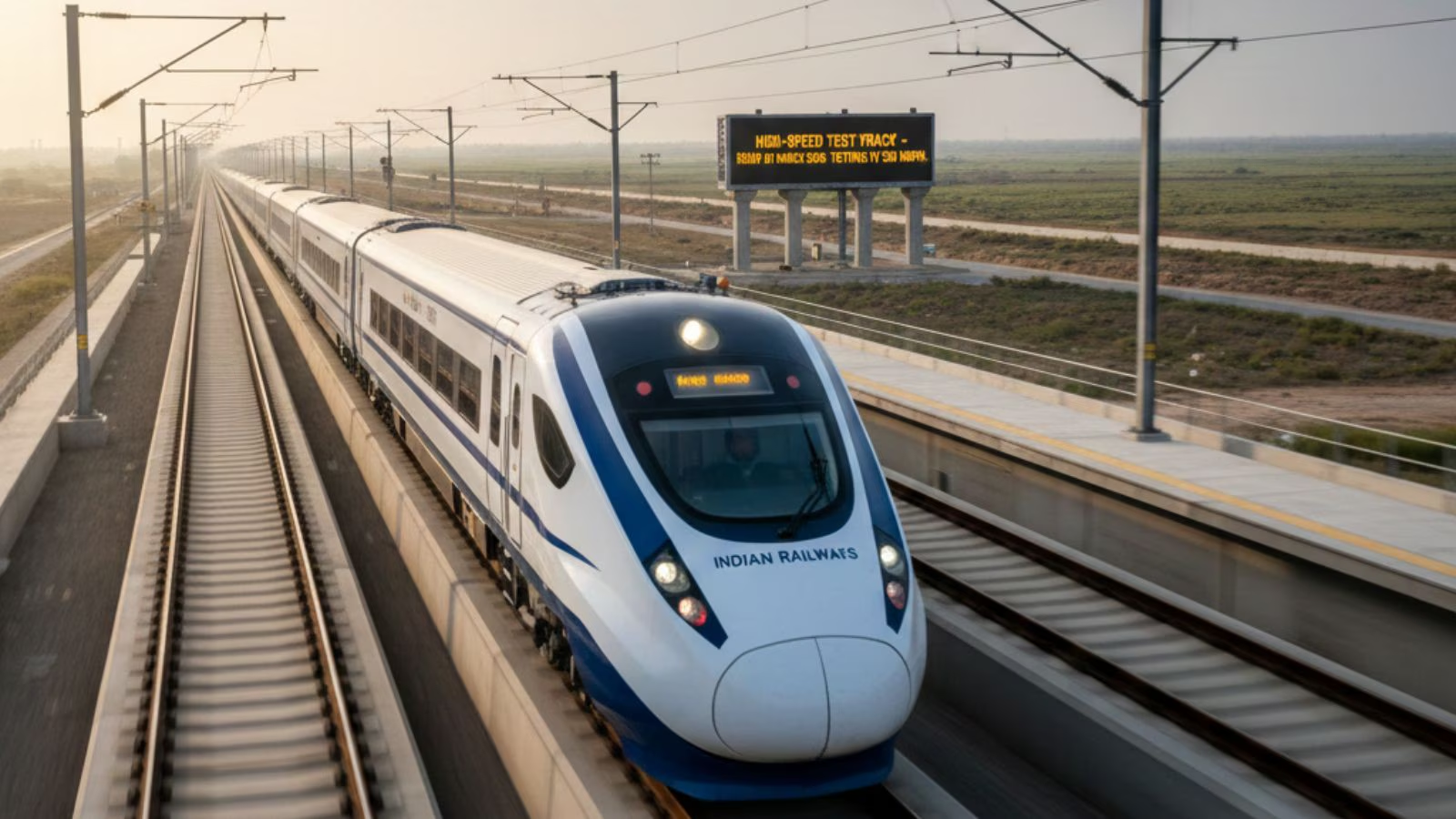The Pacific Ring of Fire is a zone encircling the Pacific Ocean characterized by active volcanoes and frequent earthquakes.
It spans approximately 40,000 kilometers and is home to about 75% of the world's volcanoes and 90% of its earthquakes.

Causes of Volcanic Activity
Tectonic plates move towards each other, creating subduction zones where one plate is pushed under another.
This subduction process results in the melting of rocks, formation of magma, and subsequent volcanic activity.
Recent Research:
The cooling of the Pacific Plate, a significant driver of tectonic activity, may alter plate boundaries and lead to more frequent and stronger earthquakes.
Younger parts of the plate are cooling off and contracting faster, potentially increasing stress accumulation along plate boundaries.
Subduction and Tsunamis
Subduction occurs when one tectonic plate bends and slides underneath another, leading to the formation of volcanoes.
Tsunamis, often caused by underwater earthquakes or volcanic eruptions, are rapid ocean waves that can travel at speeds up to 800 kilometers per hour.
Global Significance
The Ring of Fire spans several countries, including Indonesia, Japan, the United States, and Chile.

Most tsunamis occur within this region, making it crucial for disaster preparedness and mitigation efforts.
World Tsunami Awareness Day
Designated on 5th November by the UN General Assembly, it aims to raise awareness about tsunami risks and promote preventive measures.
Implications
Understanding the dynamics of the Pacific Ring of Fire is essential for disaster management, urban planning, and sustainable development in vulnerable regions.
















